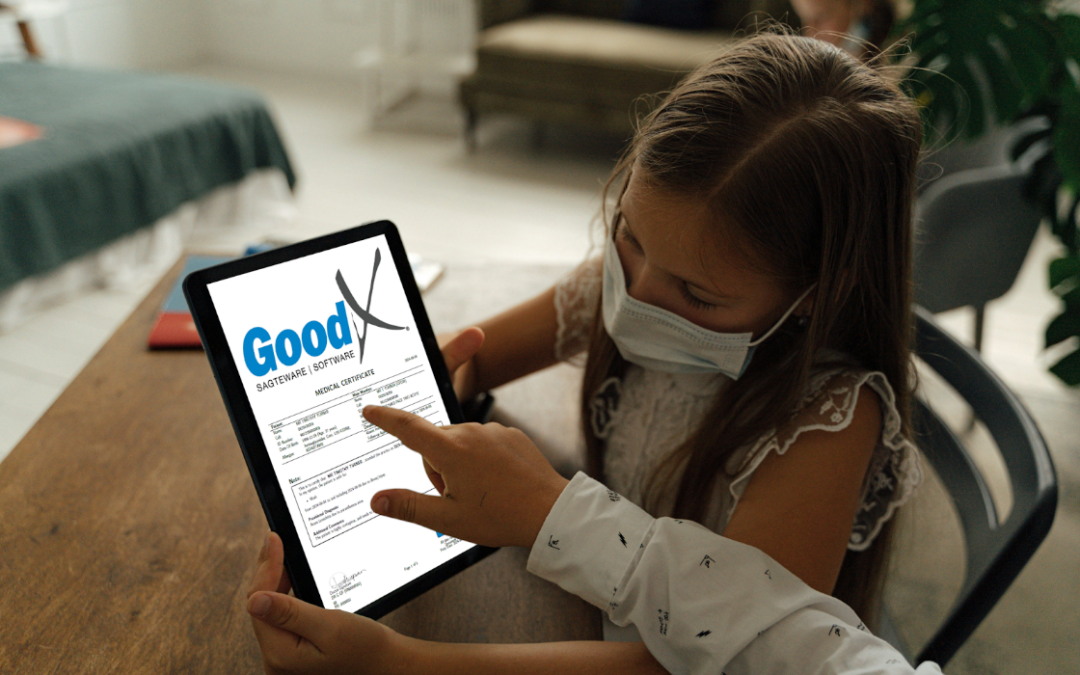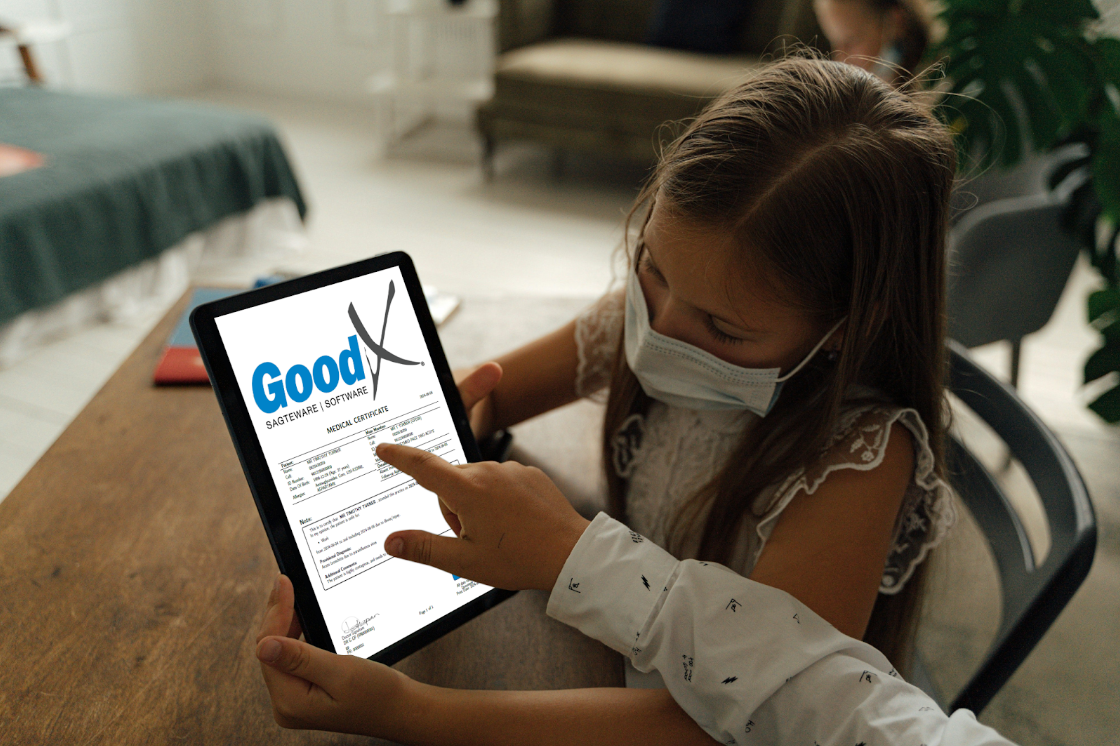
The Real Impact of AI Scribes in Ophthalmology Clinics
The Real Impact of AI Scribes in Ophthalmology Clinics
Ophthalmologists don’t have time to waste. When you’re juggling a packed schedule of diagnostics, consultations, and paperwork, admin work can easily start eating into time you’d rather spend with patients.
That’s where AI scribing tools are starting to make a real difference.
Powered by advanced language models, these tools can now capture and summarise patient visits with surprising accuracy. They help cut down on charting time, keep notes consistent, and take some of the load off your plate.
But the biggest win isn’t just saving time. It’s about being able to stay present during consultations and not spending your evening catching up on documentation.
More and more specialists are turning to AI scribes for exactly that reason. If you’re thinking about trying one, here’s what’s driving the shift and what to consider before you do.
Things to Keep in Mind
AI scribing tools offer real advantages, but there are a few important things to first consider before bringing one into your ophthalmology practice:
Patient Consent
Let patients know AI is being used to document their visit. Most people are fine with it, especially when they understand it helps the clinician stay more present during the consultation.
Data Security and Regulations
Ensure the tool you choose meets healthcare regulations in your country (like POPIA in South Africa or HIPAA in the U.S.). Clinical data needs to be encrypted and securely stored, especially if it’s processed off-site or in the cloud.
Review Notes for Accuracy
AI isn’t perfect. Always double-check notes before finalising them, particularly the A&P section. The good news is, most quality tools let you regenerate or edit sections easily.
Specialty Relevance
Not all AI scribes understand the nuances of ophthalmology. Choose one built to handle your field’s terminology, workflows, common conditions, procedures, and meds.
The Core Benefits of AI Scribes in Ophthalmology
More Time with Patients, Less Time on Paperwork
Ophthalmology clinics move fast. With a constant stream of patients and detailed notes to keep, documentation can eat up a lot of time. AI scribes shift that burden, giving clinicians more space to focus on what matters most: the patient.
Instead of manually writing up notes after each visit, AI scribes generate structured documentation in real time based on the conversation. That means less time spent typing and more time reviewing imaging, explaining treatment plans, or simply answering patient questions. It’s a small shift that can make a big difference in patient experience and provider connection.
Better Note Accuracy Without the Extra Work
AI scribes like GoodXpert aren’t just transcribers. They create clean, structured notes that stay focused and relevant, often with a surprisingly solid grasp of context. In ophthalmology, where a tiny detail like a slight change in visual acuity can matter, that level of precision helps support better decision-making and fewer missed details.
Some doctors have noticed that AI occasionally brings up related points they didn’t directly mention, prompting a second look or an extra follow-up. While not perfect, these moments can lead to more thorough care.
Easier EHR Integration
The best AI scribes are built to work within existing systems. Once again, GoodXpert works directly with existing EHRs, cutting out the need for copy-paste routines. That’s especially useful in ophthalmology, where workflow efficiency matters and imaging systems are part of the daily mix.
Less Burnout, Smoother Days
Ophthalmologists juggle clinic and surgical schedules, and the documentation load doesn’t help. AI scribes ease that load, helping reduce mental fatigue, improve accuracy, and boost overall job satisfaction.
They can also reclaim time outside of clinic hours. That “pyjama time” spent finishing notes at home? AI scribes help cut that down, making it easier to maintain a real work-life balance. And when clinicians are less burned out, patients benefit too.
Final Thoughts
AI scribes are quickly becoming more than a nice-to-have. For many ophthalmologists, they’re turning into a key part of delivering efficient, high-quality care. By cutting down on note-taking and after-hours paperwork, these tools help shift the focus back to the patient, where it should be.
Like any tool in the clinic, it’s all about finding the right fit, making sure it works with your flow, and keeping tabs on accuracy and compliance. But for practices tired of the documentation grind, AI scribing is definitely worth a closer look.











